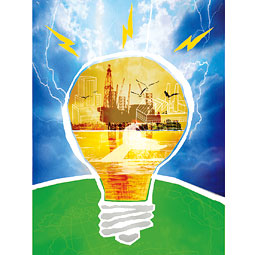CUB’s new, too!
This fall, visitors and alumni returning to Pullman will see that campus has changed all around the stadium renovation. In fact, a far bigger project, the $86 million renovation of the Compton Union Building, is wrapping up. The ’60s and ’70s décor is gone, but the 1951 architectural shell remains. Now it holds a brighter, more open student union and a very large bookstore to boot.
The CUB was closed in 2006, and for two years students had to go elsewhere for food, entertainment, and to just hang out. With six floors and 235,000 square feet to renovate, the project involved rebuilding stairways, removing walls, … » More …


